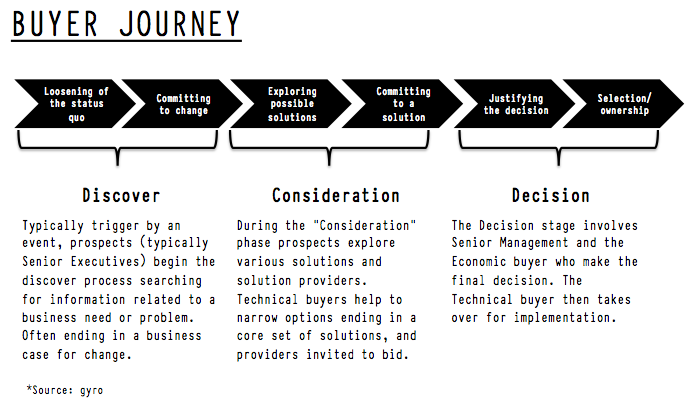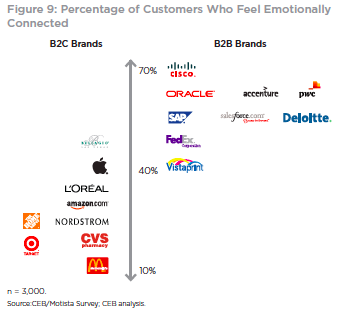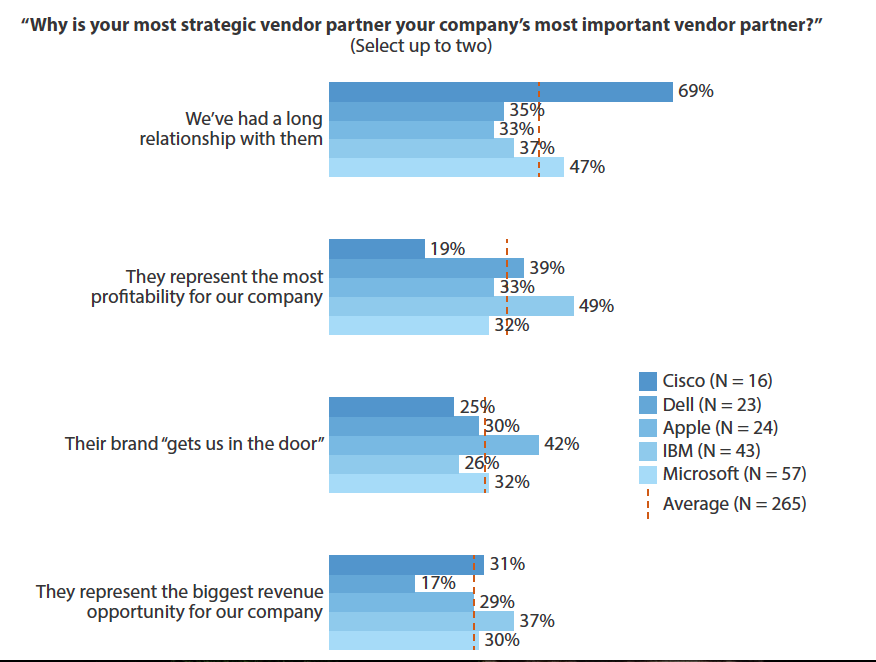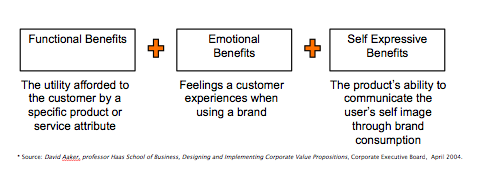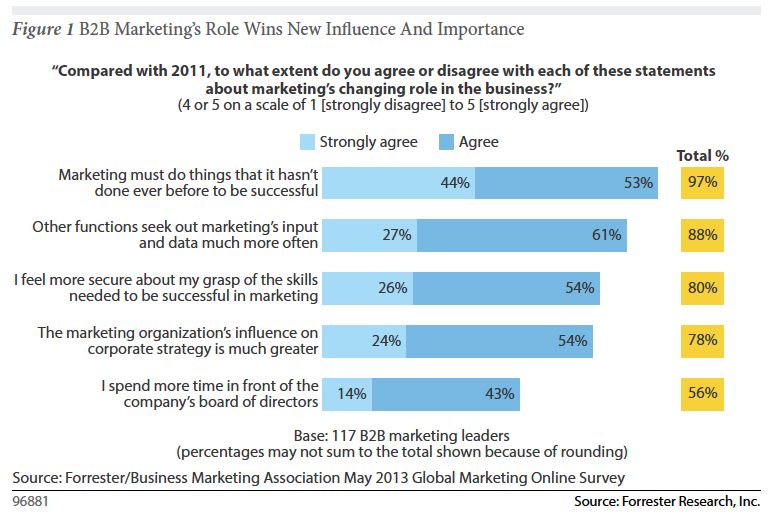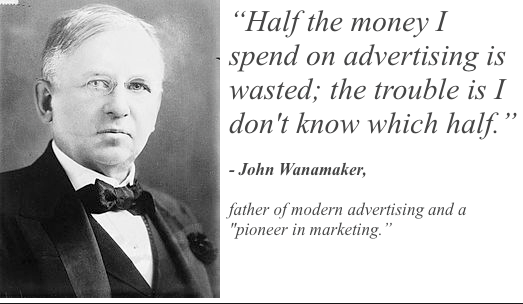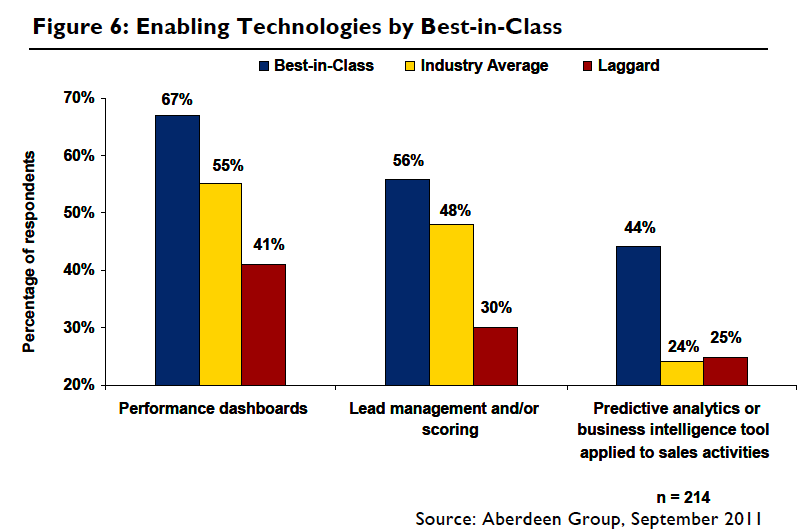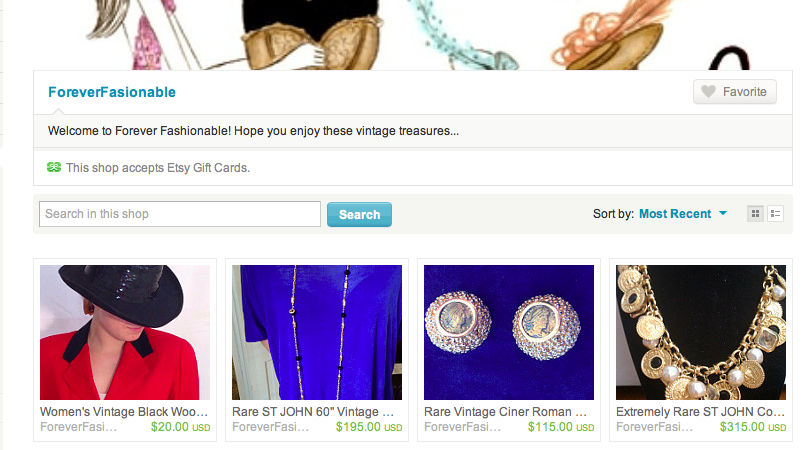My initiation into the world of sales happened at the height of the “Glen Garry Glen Ross” days. It was the time of “blue suits” and “fast talkers”, and not a piece of sales automation or tracking technology anywhere to be found.
We’d roam our territories searching for conversations hoping it would lead to something more. At the end of the day, we’d return to the office and put our “numbers” up on the board; # of conversations, # of leads, and closed deals ($). The white board was our “sales dashboard” highlighting performance against goals for the month, and year-to-date. Our view, and control over our success, was determined day-to-day.
Over the last 25 years, sales has been enabled with a broad set of new technologies, from sales force automation to CRM to cloud based mobile sales tools. All aimed at helping the sales organization better track, measure, and achieve quota. And with each advancement in technology, sales has gained the feeling that it has more control over the process, and outcome.
The buyer’s journey is marketing’s “shiny new penny”. Over the last couple of years, numerous consulting firms have produced research trying to map the journey with varying estimates on how late in the journey customers are now engaging sales.
Before you go off preaching this newfound perspective on how buyers are now in control to a sales organization, who might just have a counter viewpoint, there are some things you need to know:
- This is not necessarily “new” news – educated buyers have been engaging late in the process for years, and in some cases, bypassing the sales reps all together ordering direct. What’s different now is that we have better tools to track their behavior.
- It can be threatening – sales folks “cover” buyers, be it a prospect or an existing customers. Their job is to start a conversation and to continue the discussions to, hopefully, a successful outcome. They can’t be everywhere, or everything to everyone, but to suggest that they are not providing buyers with the right information at the right time, or that they may not be “covering” them will cause a defensive or hostel reaction. Be tactful in the way you present the findings.
- Buyers channel surf – don’t assume that buyers are only online in the early stages of the buyers journey, and likewise, that they are only talking with sales in the late stages of the process. Unlike the past, when we could estimate where customers were in the sales process by watching how they engaged with content and channels, buyers now use all channels, and all information sources, at all stages of the journey.
- Good sales people already get it – good sales people are very intuitive by nature. They already have a feel for how buyers research and purchase products. They also know how to use the best content and/or tools to help buyers advance their learning and to move the process. As a result, they will want to know how you can help them.
- Have a Plan – especially for the sales people I just mentioned. The question that you should expect to get after sharing the information is; “So what now? Given this new insight how should we change our sales and marketing approach.” Make sure you have an answer.
My gut reaction was that the buyer’s journey would pose a significant change for sales, I now realize that it’s a much bigger challenge for marketing. Given the amount of time spend online in the research phase, buyers already have a good feel for the “business value” of your product or service by the time they engage sales. It’s why they have put your organization in the “consideration set.”
The challenge, according to recent research, is that buyers are unable to differentiate your product or service from the 3-5 other companies they are also considering. To create separation, you must be able to illustrate and communication “personal value”.
And that has not been a strength of marketing, but it’s a core competency of good sales people. Use this opportunity to partner with sales to developed content that resonates with buyers on emotion level deeper into their journey. Sales may be losing control over the buying process, but they know how to connect on a personal level with individual making the purchase decision, use that to your advantage.
